 Brazil has an extensive history of problems with substance abuse. The Brazilian populace contains many impoverished people facing significant challenges in accessing public medical care, forcing individuals to seek alternatives. However, the Government of Brazil is taking great strides towards reducing these issues. One such step is the establishment of the Brazil and the South Cone Programme to “support the Governments of Brazil in the implementation of effective policies in drug law enforcement and drug abuse prevention.” If Brazil continues along this trajectory, then improvements will continue. Here are some ways Brazil is tackling drug use.
Brazil has an extensive history of problems with substance abuse. The Brazilian populace contains many impoverished people facing significant challenges in accessing public medical care, forcing individuals to seek alternatives. However, the Government of Brazil is taking great strides towards reducing these issues. One such step is the establishment of the Brazil and the South Cone Programme to “support the Governments of Brazil in the implementation of effective policies in drug law enforcement and drug abuse prevention.” If Brazil continues along this trajectory, then improvements will continue. Here are some ways Brazil is tackling drug use.
Psychoactive Drugs and Access To Help
The use of psychoactive drugs is becoming more common in all treatment centers, leading to challenges in recovery and an increased likelihood of relapse. This has led to studies to better understand the most effective ways of reaching individuals struggling with such addiction. Fortunately, some authors have discovered that economic position played a significant role in the issue. Those in poverty have less access to education and are still determining how to help themselves. The Brazilian public health system, in the past, has neglected those in poverty, restricting access to treatment facilities for individuals with limited financial resources. Considering these shortcomings, drug rehabilitation in Brazil is now more accessible in urban areas, where mental health services have been increasing since 2008. Rural areas still lag, but the advancement in urban areas is a good start for facilitating drug rehabilitation in Brazil.
Alcohol Abuse Help
In terms of alcohol abuse, Brazil has taken great strides. The Brazilian health care system has tackled the problem via three programs. First is the “Family Health Strategy,” which utilizes the services of community health workers to engage in outreach activities and home visits. Second is the “CAPS” program, which provides outpatient clinics catering to individuals requiring mental health services. A specialized staff team comprising “nurses, social workers, psychologists and psychiatrists” operate these clinics. The team is well-equipped to provide comprehensive and customized care to patients with varying mental health needs. The third is a novel program devised to assist individuals who have recently undergone addiction treatment in obtaining employment through post-treatment care. The primary objective of the program is to facilitate employment opportunities for individuals who have previously struggled with addiction by addressing any barriers or challenges that may impede their progress.
Use of Religion To Help
This approach provides an opportunity to establish connections with like-minded individuals, engage in volunteer work, receive personalized psychological care and obtain financial support early on. By incorporating religion into drug rehabilitation programs, a more comprehensive range of resources and support systems become accessible, thereby increasing the likelihood of long-term recovery and overall well-being. In addition, this approach fosters an atmosphere that acknowledges personal potential and encourages camaraderie among individuals, all while offering unwavering and impartial support. The effectiveness of spiritual therapy ultimately rests on the willingness of those seeking help to embrace it.
Conclusion
The aspects above underscore the effectiveness of drug rehabilitation programs in Brazil, which have proven to be a valuable resource for many underprivileged individuals seeking support and assistance. It is hoped that such efforts will continue unabated, not only in Brazil but also in other countries facing comparable challenges.
– Jordan Cunningham
Photo: Unsplash
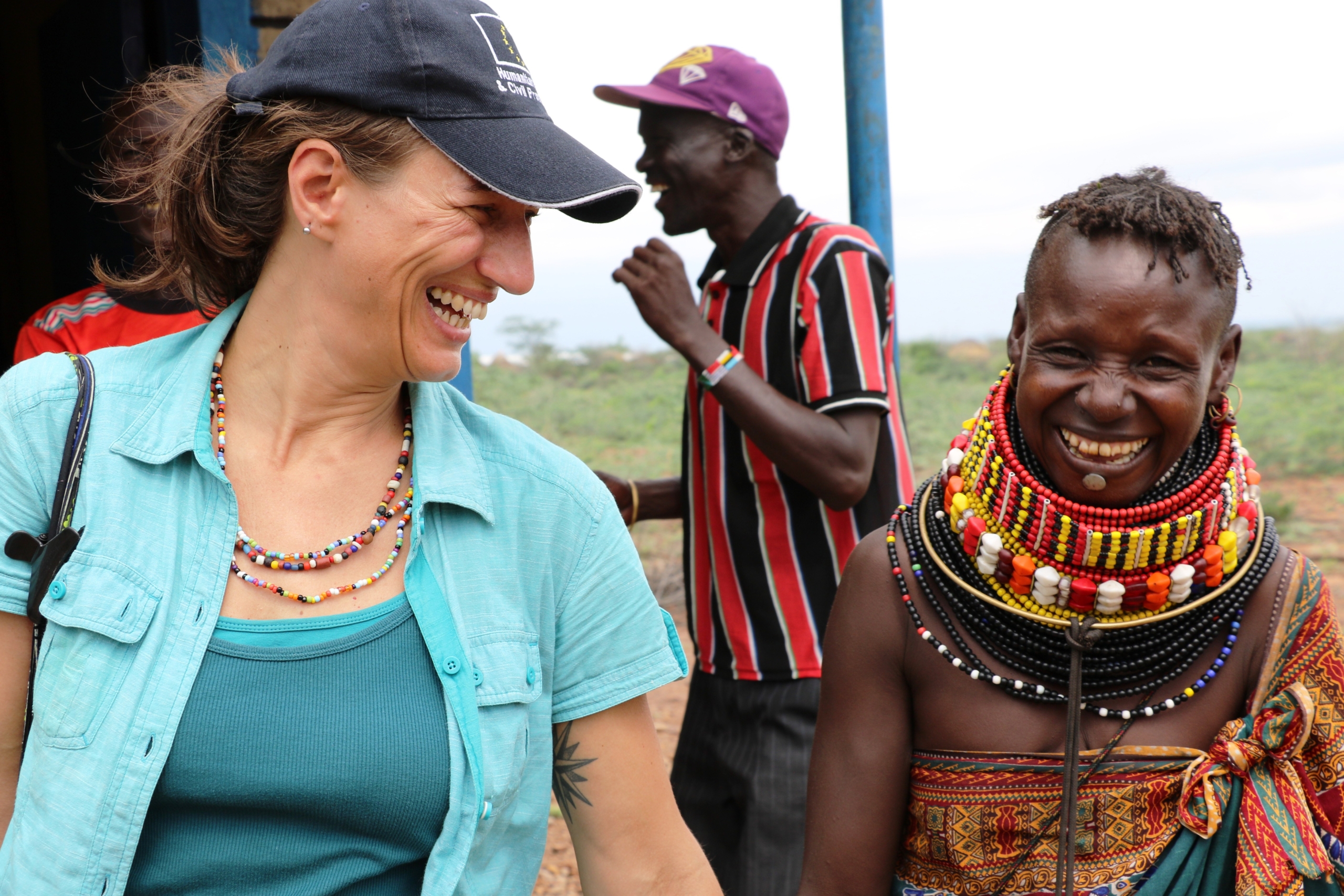

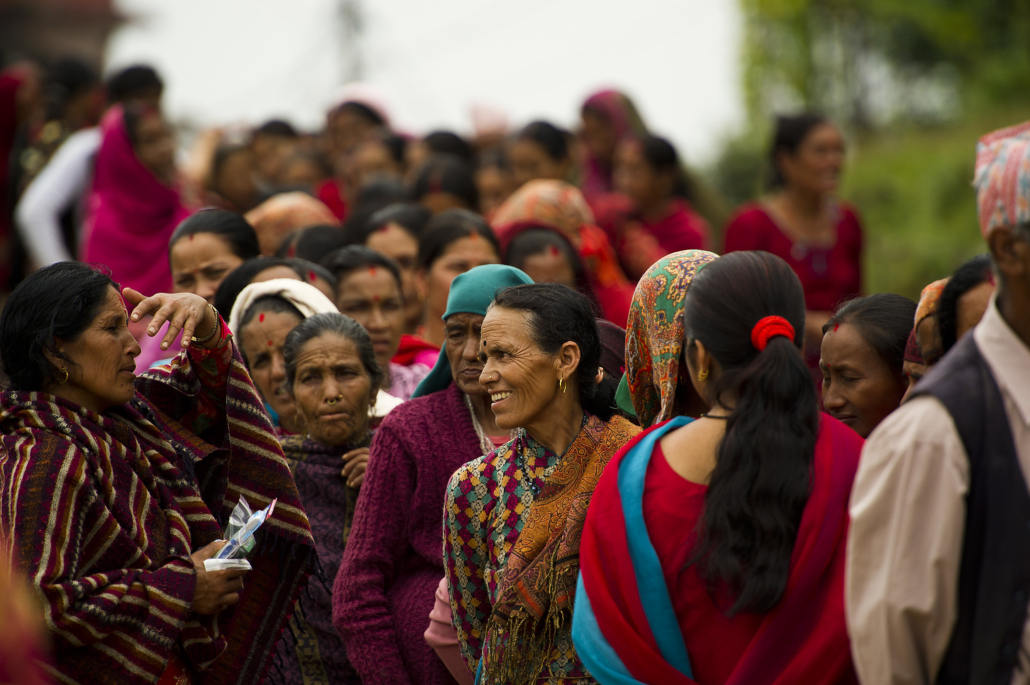
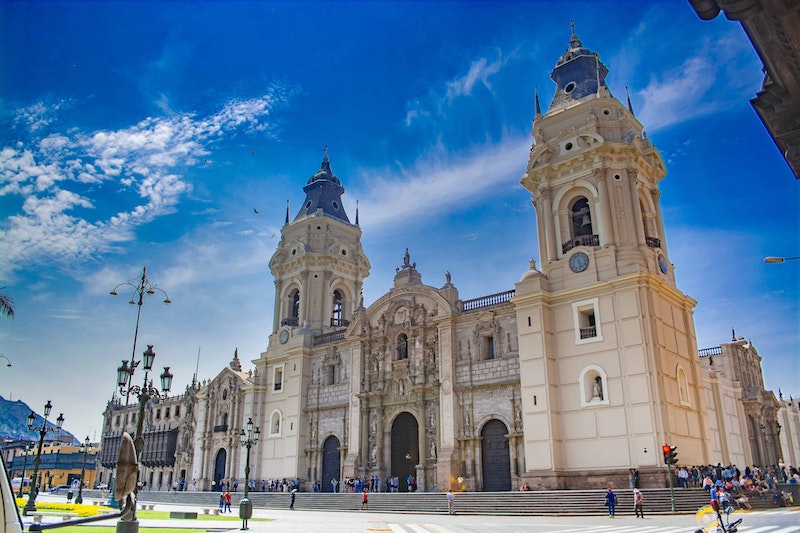
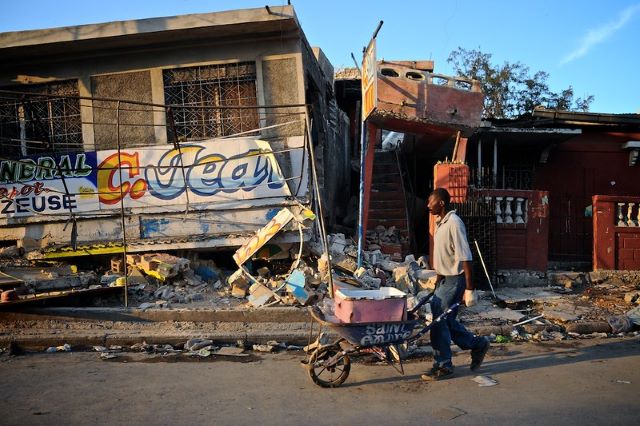 In 1804, Haiti gained its
In 1804, Haiti gained its With respect to the long history of governance, the increase in support for evidence-based policymaking is a relatively recent development. While the call to utilize evidence in policymaking can be traced to the 14th century, advocacy for evidence-based policymaking is recent. Advocates argue for the improved collection, consideration, dissemination and use of evidence at every level of government.
With respect to the long history of governance, the increase in support for evidence-based policymaking is a relatively recent development. While the call to utilize evidence in policymaking can be traced to the 14th century, advocacy for evidence-based policymaking is recent. Advocates argue for the improved collection, consideration, dissemination and use of evidence at every level of government.

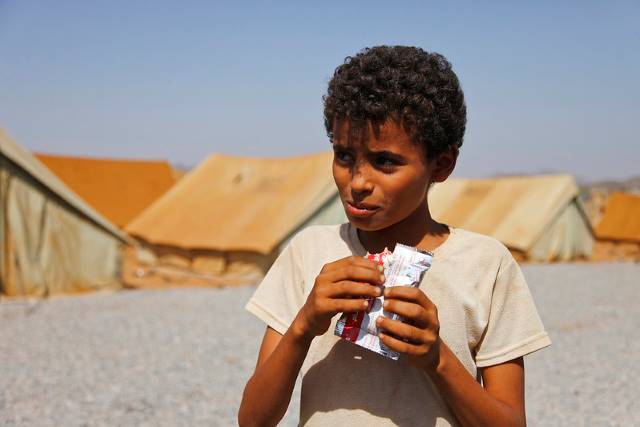 President Biden announced his plan to end all U.S. involvement in the
President Biden announced his plan to end all U.S. involvement in the 